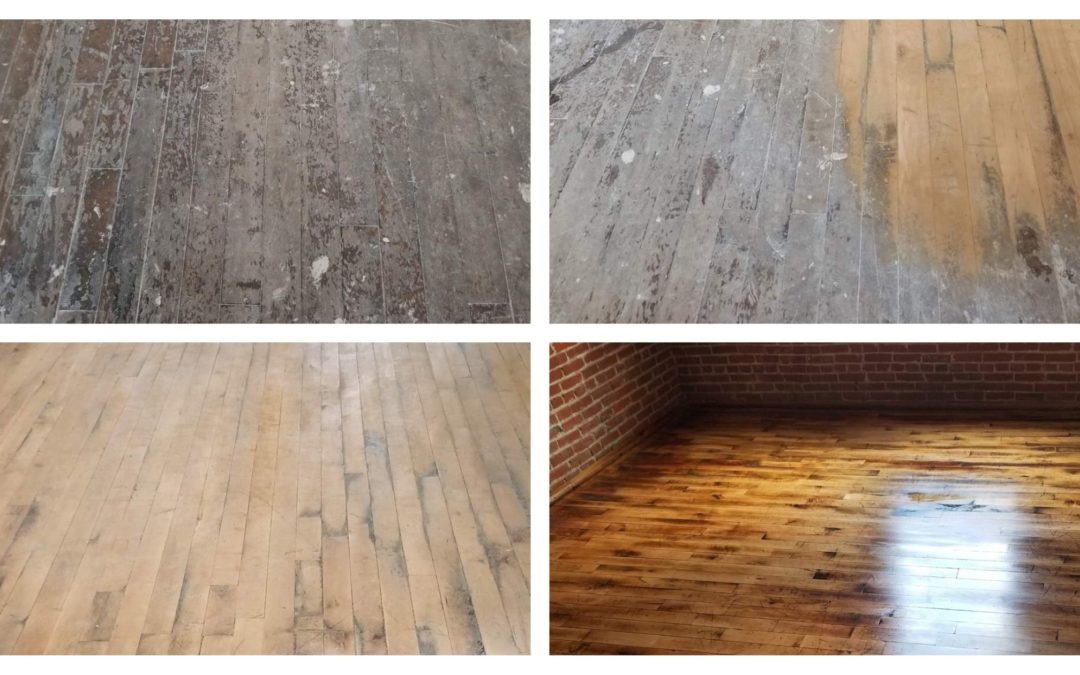Hardwood floors are loved for their durability and elegance. Having hardwood floors increases property value and improves the first impression of any commercial facility. With proper care and maintenance, they can last for decades. Below are some best practices to protect your facility’s hardwood floors from a pervasive problem — water damage.
Routine Water Leak Checks
The two leading causes of damage to hardwood floors are leaks and flooding. However, plumbing isn’t always top of mind until a major issue such as a major leak or a burst pipe occurs. Even a small drip can warp wood floors over time. As a property or facility manager, routinely checking for cracks in pipes and appliances can help prevent future water damage.
Refinishing Maintenance
Floor sealant upkeep is often overlooked as a way to protect hardwood floors. It’s also essential to keep floor sealant up to date by refinishing floors periodically. Hardwood floors are often sealed upon installation to help protect the wood from water and other liquids. Sealant provides a temporary barrier between water and wood, giving people time to clean up spills before they seep into the wood. It is recommended to reseal wax sealants yearly and polyurethane (oil or water-based) sealants every few years.
Rugs and Mats
Placing mats and rugs throughout a building is an easy and effective way to protect hardwood floors. Wet or damp items left on hardwood floors will eventually damage the wood. Key places to place a mat or rug are:
- Outside and inside entrances
- At the base of a bathroom sink to catch any splashing water
- Underneath plants that may leak water
- Where damp items such as umbrellas and jackets are placed
Clean Up Spills Immediately
Water and other liquids will inevitably come in contact with hardwood floors. Keeping your facility’s maintenance closets stocked with cleaning supplies is an easy way to clean up any spills, splashes, or drips immediately. The longer any liquid is left on the floor, the more damage may result. Although sealant helps to protect floors from damage, it isn’t perfect. The quicker a spill can be cleaned up, the less time the liquid has to penetrate the floor. When cleaning up liquids, use a damp cloth or towel instead of a sopping mop and bucket of water.
Regardless of the type of hardwood floor you’re cleaning, these tips will help their longevity. Make your facilities stand out by establishing a hardwood maintenance routine that will deliver the best results: People will notice and the establishments under your care will be loved even more! For more information, contact Russ at KC Restoration today!

